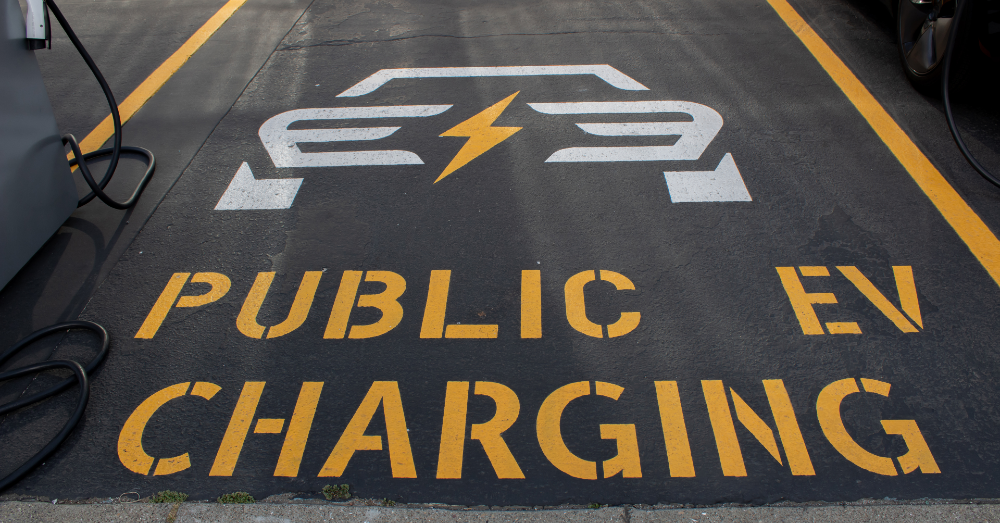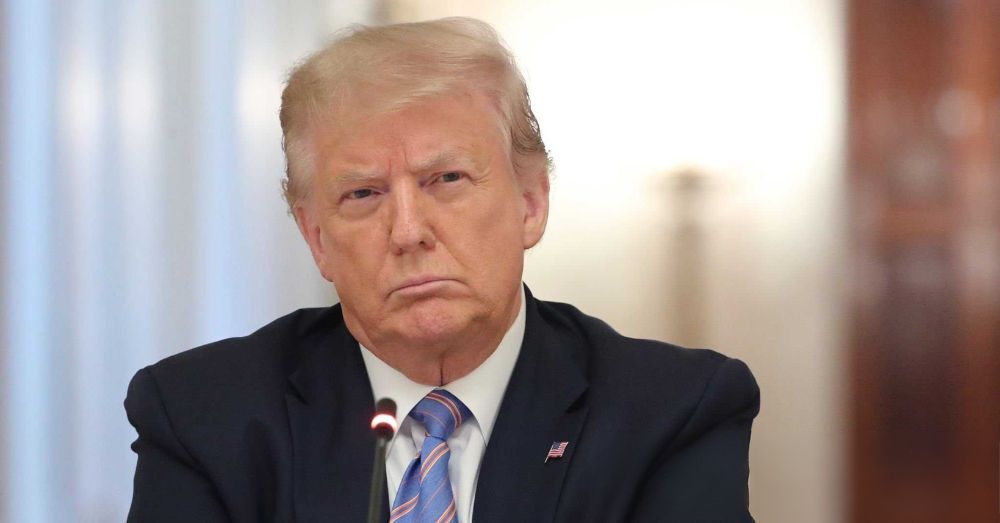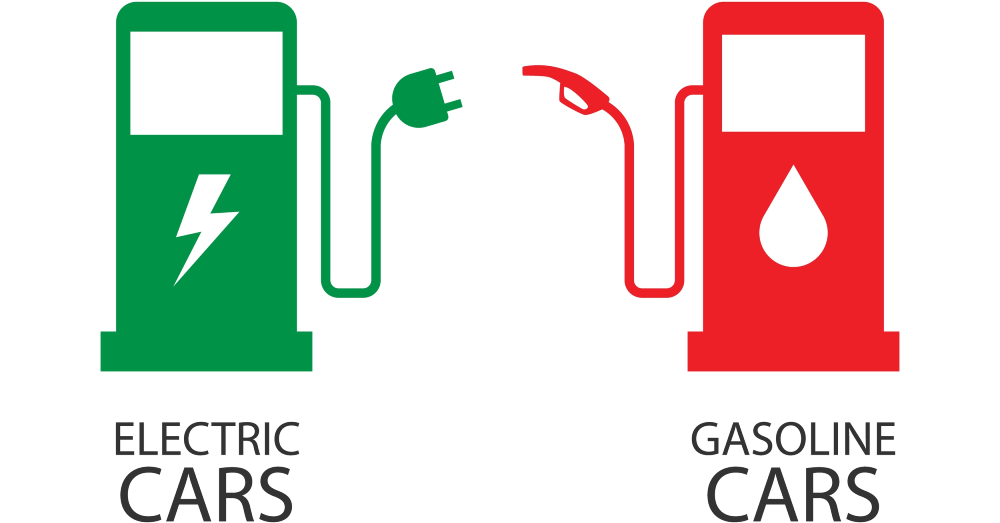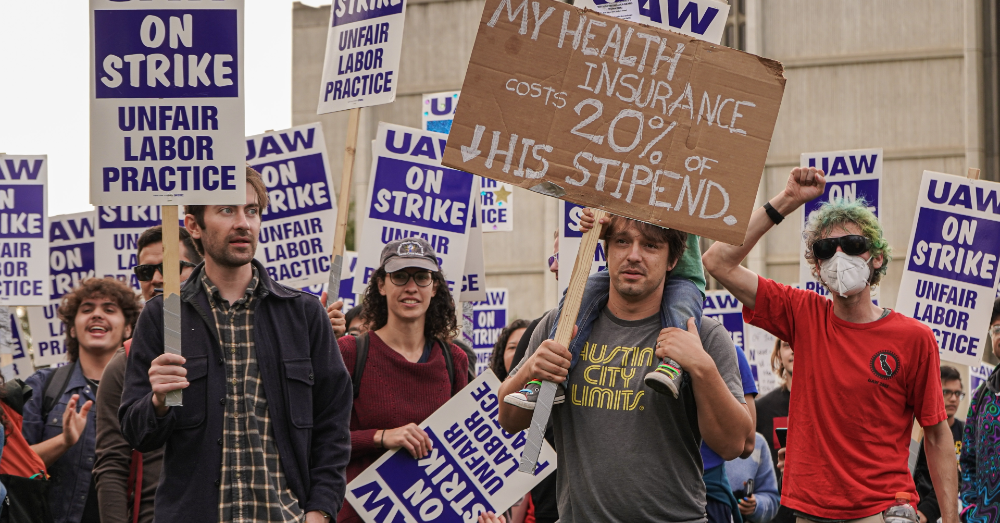
Will the Clean Air Initiative Benefit All Communities?
The clean air initiative put in place by the current presidential administration is aggressive, necessary, and environmentally friendly.
The question we have is whether or not it will offer equitable distribution of infrastructure resources. Until now, a glaring omission has been made when it comes to the electric vehicles and the charging stations needed to keep these vehicles operating and on the road, but this omission needs to be corrected.
Movement Across the Tracks
Regardless of the economic divide of a community, most cities in the country have one area where the affluent and wealthy live and another area where poorer families reside. While we can discuss the color divide of race, the simple fact is this divide happens because of economics more than race. Many times, the divide in a city is signified by a set of railroad tracks or a particular street that serves as the boundary between the two parts of the city.
The slow growth of electric vehicles has left companies to place public charging stations in places where more of the EV models are registered. The clean air initiative should change this. With the $1.2 billion going toward the goal of having fifty percent of all vehicles sold running on electricity, more public charging stations will need to be built and placed in areas where they wouldn’t have been in the past.
What Caused the Current Divide?
Some may try to tell you that drivers of specific races won’t drive electric vehicles, but the simple fact of the matter is that EVs haven’t been affordable until recently. Sure, we’ve had the Nissan Leaf, but it had a seriously limited driving range until recent years and that wasn’t attractive to a family that needed a car to be available for all their driving needs. Other than the Leaf, the only choice offered before 2017 was the Tesla Model S, which was too pricy for people who are economically-challenged, or in the lower part of the middle class.
Because many people in neighborhoods populated by those who struggle to make ends meet couldn’t easily afford to drive a car just because it has advanced technology, most EVs that were sold before the Chevrolet Bolt, Tesla Model 3, and updated Nissan Leaf were offered, lived in affluent neighborhoods, which is where the public charging stations were also located.
Now is the Time for the Right Move
Today, with the addition of more affordable EV models that can offer longer driving ranges, we see EV models registered in all areas of large cities. Unfortunately, the infrastructure hasn’t followed along yet. Charging stations haven’t begun to show up near the gas stations in affordable neighborhoods and this needs to be a major part of the initiative to have more drivers behind the wheel of EVs in the future.
With the use of federal funds that are meant for infrastructure and expansion as part of the clean air initiative charging stations need to be put into every neighborhood in the country. This expansion is the only way that we will see the fifty percent mark become a reality in the next nine years. If this isn’t already part of the pathway forward for the presidential administration, it certainly should be.
Why Should Public EV Stations be Widespread?
Think about what it’s like to drive from one city to another or to drive across town. You can’t go very far without finding a gas station. There are so many different stations available that you can almost pick and choose where you’ll fuel your vehicle. The same needs to be done for electric vehicles. If you’re going to convince a person who lives paycheck to paycheck to buy a vehicle that has a limited range and long charging time, you need to make it convenient for them.
The infrastructure program needs to keep the poorer neighborhoods in mind and not leave them out, which happened when the interstate system was being developed. The goal shouldn’t be to force poorer people to drive across town to use a public charging station but to have them available where they live and work.
Will We See this Movement
If the President wants the clean air initiative to work and for his goals to become a reality, he will keep the economically challenged communities in mind. People living in these areas of cities deserve clean air and they make up a large population of voters and the community. We’ll know more about the goals of this EV movement as the infrastructure begins to be expanded beyond what it is right now.
This post may contain affiliate links. Meaning a commission is given should you decide to make a purchase through these links, at no cost to you. All products shown are researched and tested to give an accurate review for you.



